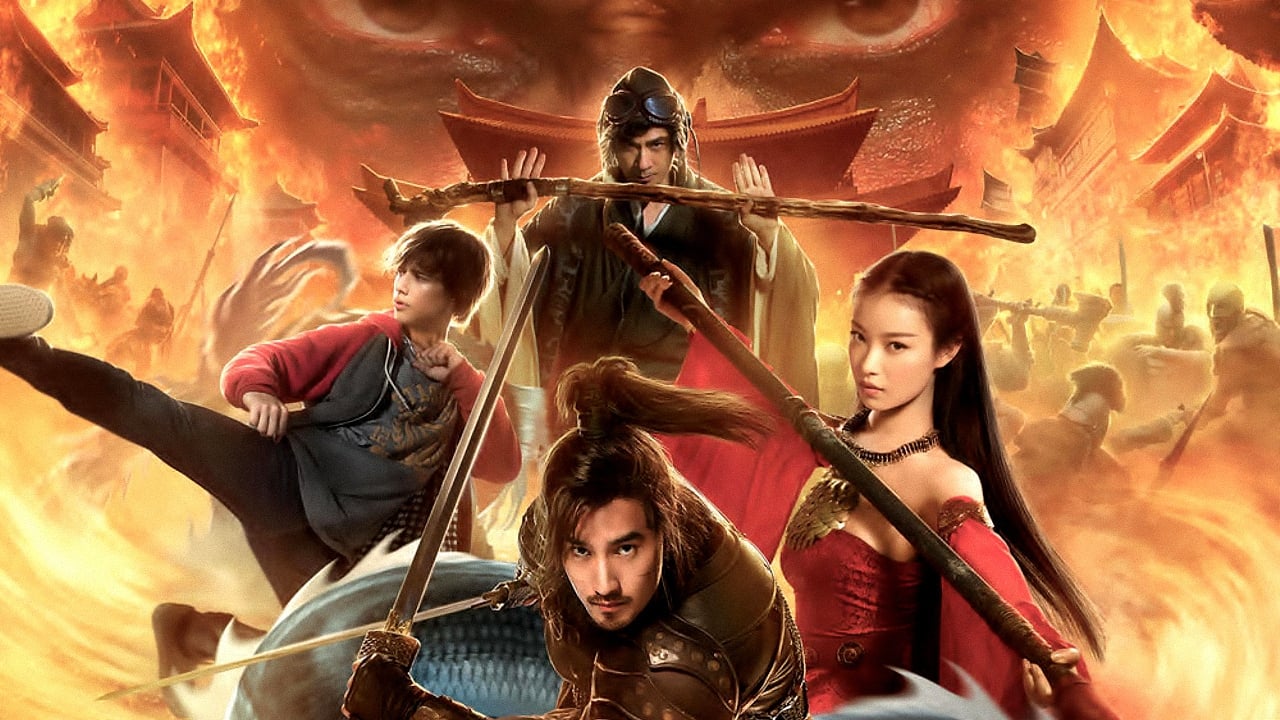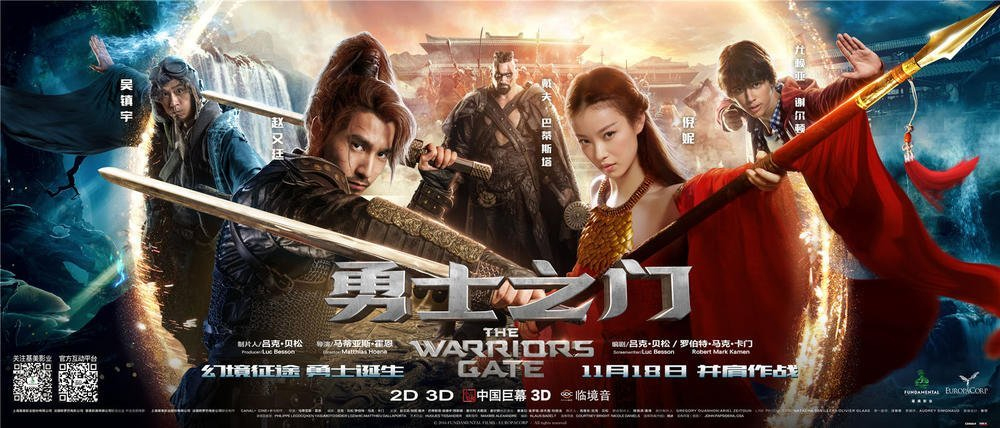


‘Warrior’s Gate’, an exceptionally complex Doctor Who story with a narrative that is difficult to make linear sense of, operates through just such an unsettling syntax. My primary concern in a film is to prevent the images from flowing, to oppose them to each other, to anchor them and join them without destroying their relief.

#ENTER THE WARRIORS GATE FOUL LANGUAGE MOVIE#
Through adopting this discordant syntax (which lacked the sense of flow that appealed to movie critics) films could become ‘vehicles for thought’: (1954)Ĭreating a whole work from this approach required a “syntax”, obtained as much through the clash between images as the connection between them. Or me the image-making machine has been a means of saying things in visual terms instead of saying them with ink on paper. (2003: 380-1)Ĭocteau himself, a polymath who – as poet, novelist, dramatist, director, designer and artist – created both written and visual art, accepted this poetic conception of his films, finding and layering the rhymes that exist between diffuse images in his cinema, just as he did with words in his verse: (…) Cocteau conceived rich images that could be translated into many media, confirming his belief that the poet is not merely a writer but rather someone who creates magic through imaginative means. David Bordwell and Kristin Thompson provide a useful definition of this poetic effect, describing Cocteau’s films as:Įlf-consciously “poetic” works, seeking to create a marvelous world sealed off from ordinary reality and to convey imaginative truths through evocative symbols. Cocteau’s conception of film has been described as “cinematic poetry”. Instead, the references are integral to the visual and philosophical construction of the world of Warriors’ Gate. It’s my contention that the use of Cocteau motifs is ingrained in the narrative of Warriors’ Gate, and acts as something more significant towards our understanding of the story than a handful of convenient borrowed visual devices. What I want to do today is consider how these forties cinematic antecedents work in greater depth, and what they mean for the viewers’ understanding of the eighties television story. Commentary on Warriors’ Gate tends to mention the similarities of mise-en-scene and visual motifs between the films and the programme, but only ever in passing.

I’m going to do this in relation to the strong affinities between Warriors’ Gate and Jean Cocteau’s two films Orphee (1950) (a reimagining of the myth of Orpheus, the poet who travels to the underworld in order to rescue his wife Euridice from death) and – especially – La Belle et la Bête (1946), his telling of the beauty and the beast story. What I’m going to do today is examine the spatial realisation of a fantastical world in the 1981 Doctor Who story, Warriors’ Gate, draw some conclusions as to how the story’s distinctive visual style is inextricable from its narrative form and consider how the drama shows and investigates fantasy itself. (Text of a paper given by Billy Smart at ‘Walking in Eternity’, University of Hertfordshire, 3 September 2013)


 0 kommentar(er)
0 kommentar(er)
